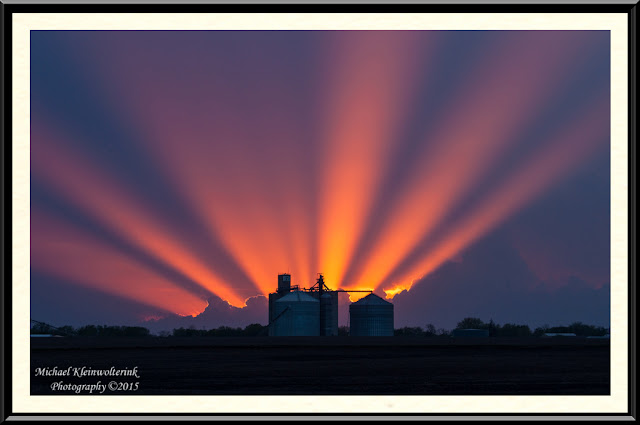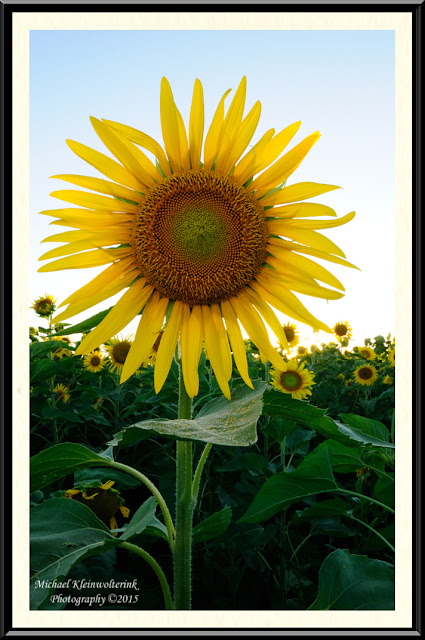Equipment Used: Nikon D750 & D90, 24-120mm f4 lense, 70-300mm
lense, SB-700 & Slik Pro 500DX Tripod
The fall is by far my favorite time of year as it means spending time
in the field harvesting the crop and also in the marsh hunting waterfowl. This
year, harvest started early and ended early and in between, I was out amongst
the green John Deere’s to capture the scene.
The above equipment was used in aperture mode and manual mode. Aperture
ranged from f7.1 – 11, ISO 400-800 and adjustments to the exposure compensation
were made for the sunset images. For the nightscape combine images, manual mode
was set to f4 and shutter speed ranged from 15-30 seconds. I shot off the
tripod for the nightscapes along with using the SB-700 Speedlight in manual
mode to expose the combine.
Adjustments in Capture NX-D included exposure compensation, white
balance, picture control, saturation, shadow and noise reduction. The white
balance was set to direct sunlight for the nightscapes while the others were
set to shade. Sport picture control was used to enhance the vibrancy of the
images.
To finalize the images, Elements 11 was used to first clone out
unwanted objects in the image. Next I straightened and cropped if needed. I
than went to work using curve and layer masks to adjust exposure in certain
parts of the image. This was often on the top of the image for the sky
enhancement. The last step involved using an unsharp layer to sharpen the
image.
StarStaX was used to make the star trail image of the combine in the
dark by combining a series of images that were taken at the same interval using
the Viltrox shutter remote.
#1.
#2.
#3.
#4.
#5.
#6.
#7.
#8.
#9.
#10.
#11.
#12.
#13.
#14.
#15.
#16.
#17.
#18.
#19.
#20.
#21.
#22.
#23.
#24






















































































